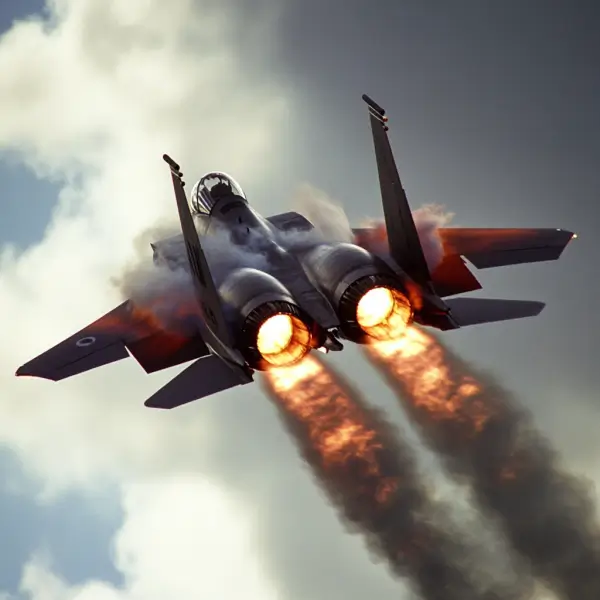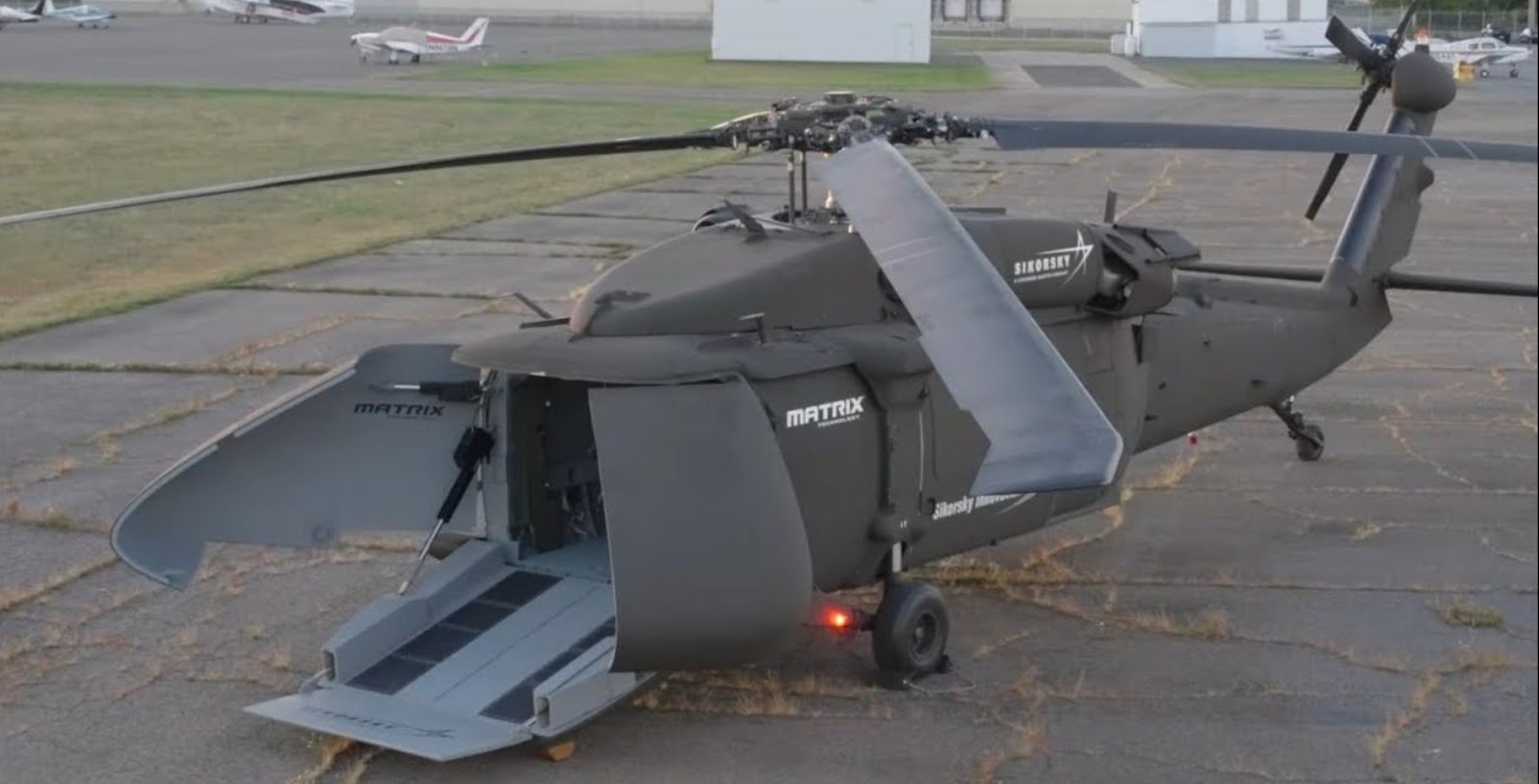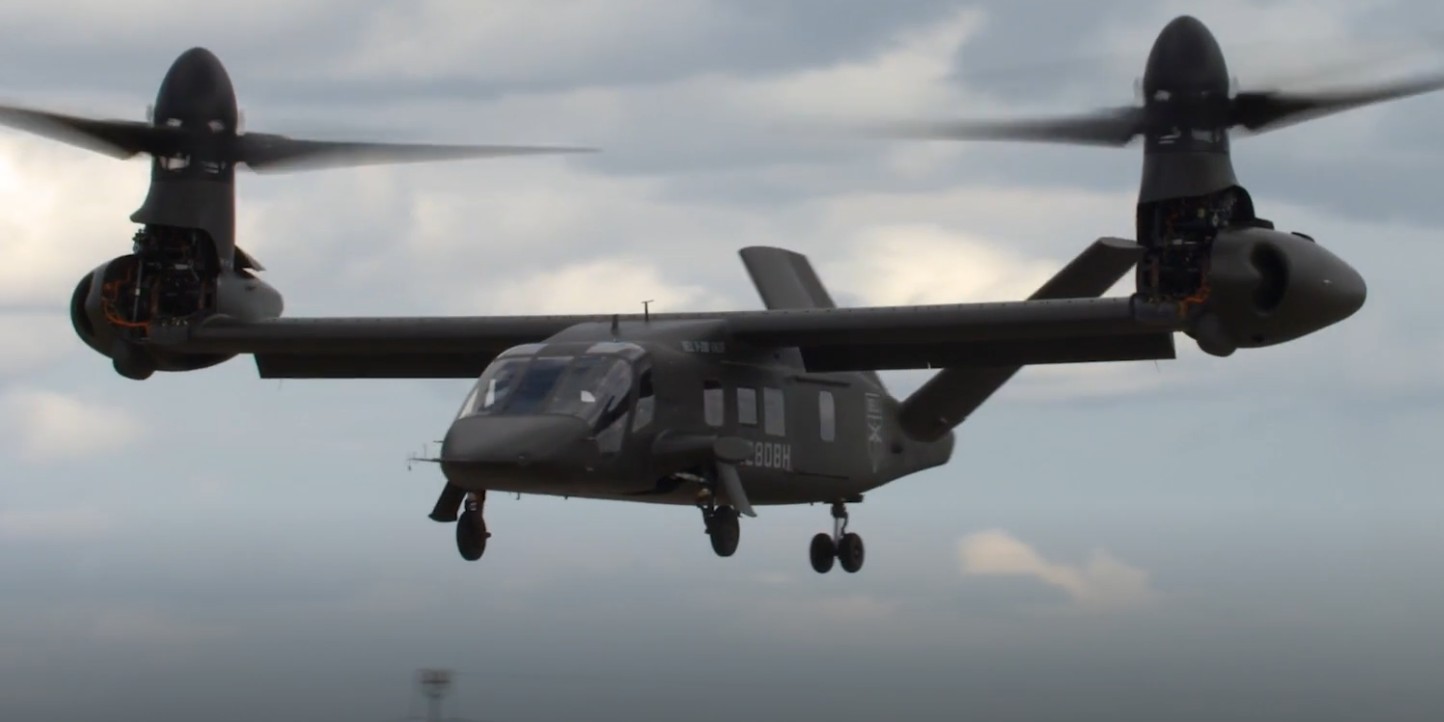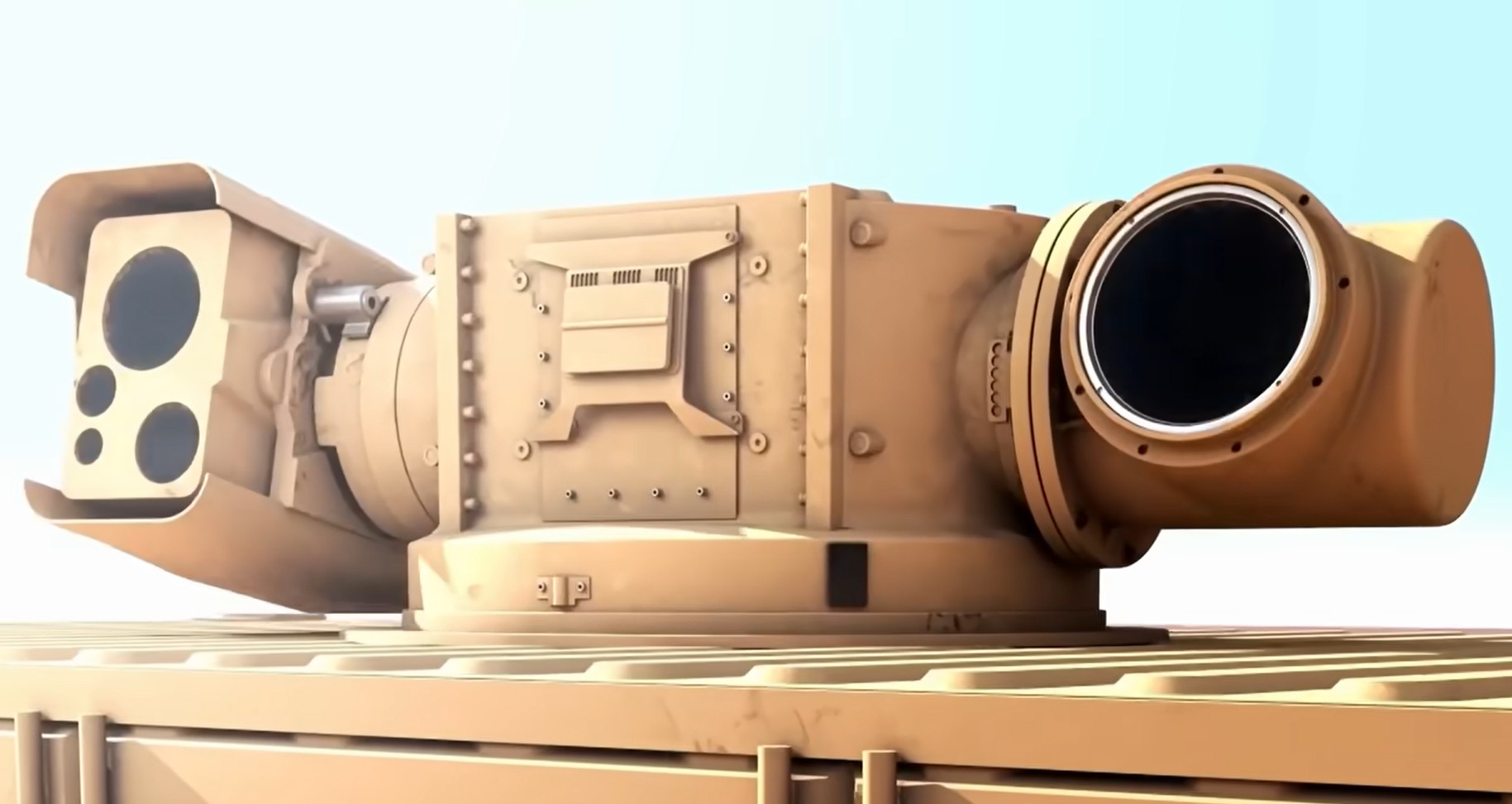The F-15E Strike Eagle and its more advanced counterpart, the F-15EX Eagle II, represent the pinnacle of modern fighter aircraft in terms of speed, precision, and lethality. But what sets them apart, and how do their capabilities differ? This article delves into a side-by-side analysis that highlights the unique features of both aircraft, examining their roles, technological advancements, and operational capabilities.
The Legacy of F-15E Strike Eagle
Introduced in the late 1980s, the F-15E Strike Eagle was an evolution of the original F-15 fighter design, primarily focused on ground attack missions while retaining air-to-air combat capabilities. Its development represented a significant shift towards multirole versatility in military aviation.
The F-15E is distinguished by its advanced radar systems, refined avionics, and a variety of armaments, which allow it to perform missions ranging from deep strikes to air superiority roles. It has been a crucial asset in operations worldwide, having proven its worth in numerous combat scenarios.
Technical Specifications of F-15E
| Specification | Details |
|---|---|
| Crew | 2 – Pilot and Weapons Systems Officer |
| Length | 63 ft 9 in (19.43 m) |
| Wingspan | 42 ft 10 in (13.05 m) |
| Speed | Mach 2.5+ |
| Range | 2,400 mi (3,900 km) |
| Engine | 2x Pratt & Whitney F100-PW-229 |
| Armament | Variety of bombs, missiles, and a 20mm M61A1 Vulcan gun |
The Next-Generation F-15EX Eagle II
The F-15EX, or the Eagle II, is the latest iteration in the renowned F-15 series. Officially launched in the early 2020s, the F-15EX is designed to replace older F-15C/D variants, bringing enhanced capabilities and modern features to maintain air superiority and air-to-ground attack strengths.
This aircraft boasts significant upgrades in avionics, radar, and weapon systems. Notable advancements include the latest fly-by-wire control systems, an advanced digital cockpit, and increased weapons payload capabilities, making it one of the most versatile fighters in the U.S. Air Force inventory.
Technical Specifications of F-15EX
| Specification | Details |
|---|---|
| Crew | 1 or 2 – Configurable |
| Length | 63 ft 9 in (19.43 m) |
| Wingspan | 42 ft 10 in (13.05 m) |
| Speed | Mach 2.5+ |
| Range | Unrefueled range approximately 2,200 mi (3,540 km) |
| Engine | 2x General Electric F110-GE-129 |
| Armament | Up to 22 air-to-air missiles, bombs, and a 20mm M61A1 Vulcan gun |
Key Differentiators
One of the primary differences between the F-15E and the F-15EX is the latter’s incorporation of advanced technology and more comprehensive integration systems. The F-15EX features the new Advanced Display Core Processor II, one of the fastest mission computers available, and the Eagle Passive/Active Warning and Survivability System (EPAWSS) for improved electronic warfare capabilities.
- Avionics and Systems: The F-15EX benefits from a complete overhaul in its avionic systems, which include Joint Helmet Mounted Cueing Systems (JHMCS), providing pilots with enhanced situational awareness.
- Weapons Capacity: The F-15EX can carry a significantly larger payload, designed for a maximum air-to-air weapons load previously unmatched in the history of the F-15.
- Lifecycle and Cost: Although both aircraft are expensive, the F-15EX is built with improved lifecycle expectancy and reduced operational costs compared to its predecessors, potentially offering a lower cost per flight hour.
Operational Roles and Missions
In terms of missions, both the F-15E and the F-15EX can undertake a vast array of operations ranging from interdiction and strike missions to air superiority and reconnaissance tasks. The F-15EX, however, is purposefully equipped to better handle future threats with advanced standoff weapon capabilities and increased survivability measures against modern anti-air threats.
Moreover, the F-15EX opens the door for further upgrades and adaptability, ensuring it remains a relevant component of any air operation framework for decades to come. This adaptability includes potential integration with autonomous drone systems and future network-centric warfare paradigms.
The F-15E Strike Eagle and the F-15EX Eagle II are both exemplary aircraft capable of meeting a wide range of combat needs. While the F-15E remains a formidable aircraft within its own right, the F-15EX’s infusion of modern technology and weaponry better prepares it for current and future conflicts, ensuring dominance in increasingly contested skies.









